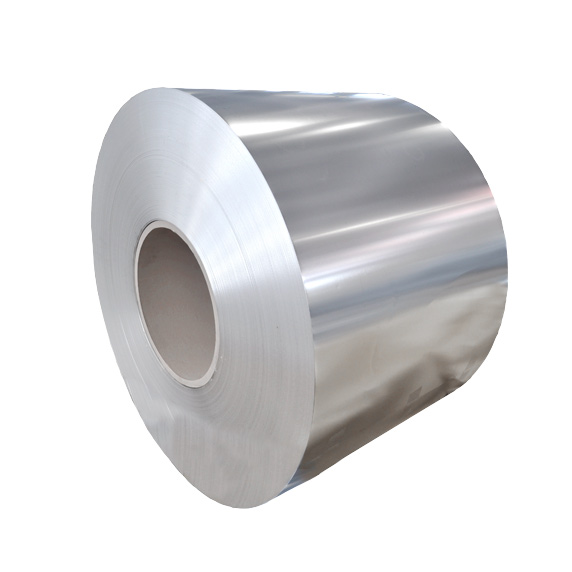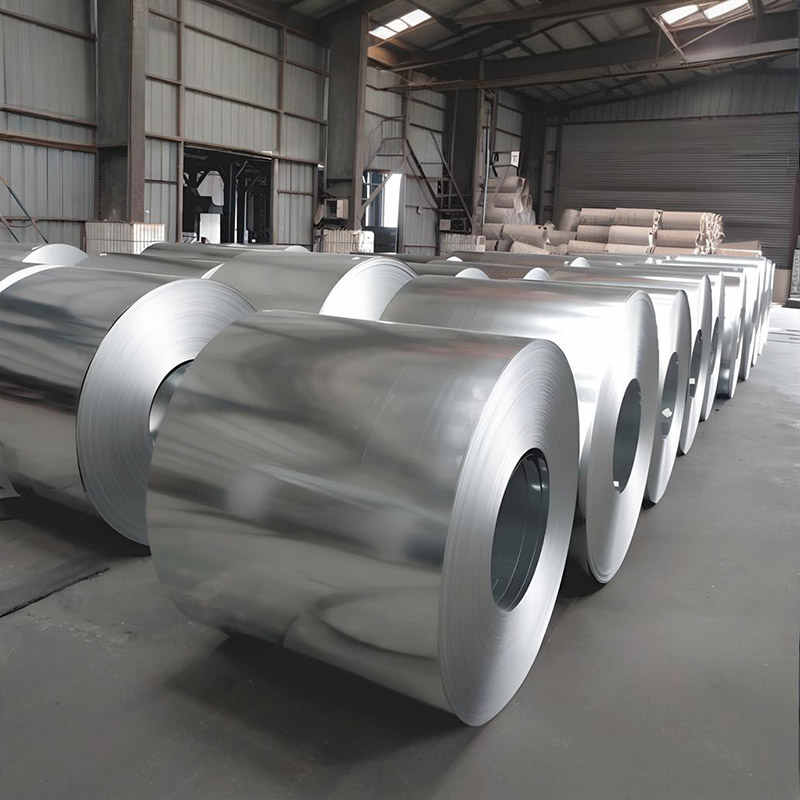What exactly is laminated steel, and why is it gaining significant attention across various industries? Laminated steel represents a revolutionary approach to material engineering, combining multiple layers of steel with other materials to create composite structures with enhanced properties. This advanced manufacturing process results in a material that outperforms traditional steel in numerous aspects.
How is laminated steel manufactured? The production process involves bonding multiple layers of steel with adhesives or through thermal treatments, creating a composite structure that maintains the strength of steel while adding beneficial characteristics from other materials. The precise control over layer thickness and bonding quality determines the final product’s performance characteristics.
What makes laminated steel stand out from conventional materials? The key properties include exceptional strength-to-weight ratios, superior corrosion resistance, and improved fatigue life. These characteristics stem from the composite nature of the material, which distributes stress more evenly across layers and provides barriers against environmental degradation. Additionally, laminated steel offers excellent thermal insulation properties, making it ideal for applications requiring temperature control.
What are the primary benefits of implementing laminated steel in industrial applications? The advantages are multifaceted. First, weight reduction without compromising strength leads to improved fuel efficiency in automotive and aerospace applications. Second, enhanced durability extends product lifespans, reducing replacement frequency and associated costs. Third, the material’s versatility allows for customization to meet specific performance requirements across different industries.
Where can we find laminated steel in practical applications? The automotive industry utilizes laminated steel for body panels and structural components to improve safety while reducing weight. In construction, it serves as durable cladding material with excellent weather resistance. The electronics industry employs laminated steel for electromagnetic shielding, protecting sensitive components from interference. Additionally, the renewable energy sector incorporates laminated steel in turbine blades and other components exposed to harsh environmental conditions.
How does laminated steel contribute to sustainable manufacturing practices? By extending product lifespans and reducing material consumption, laminated steel supports circular economy principles. Its durability means fewer resources are needed for replacements, while its lightweight nature contributes to energy savings throughout the product lifecycle. As industries continue to prioritize sustainability, laminated steel’s role is expected to expand significantly.
The future of laminated steel technology looks promising, with ongoing research focusing on new material combinations and manufacturing techniques. As industries demand lighter, stronger, and more durable materials, laminated steel is positioned to meet these evolving requirements, driving innovation across multiple sectors.



